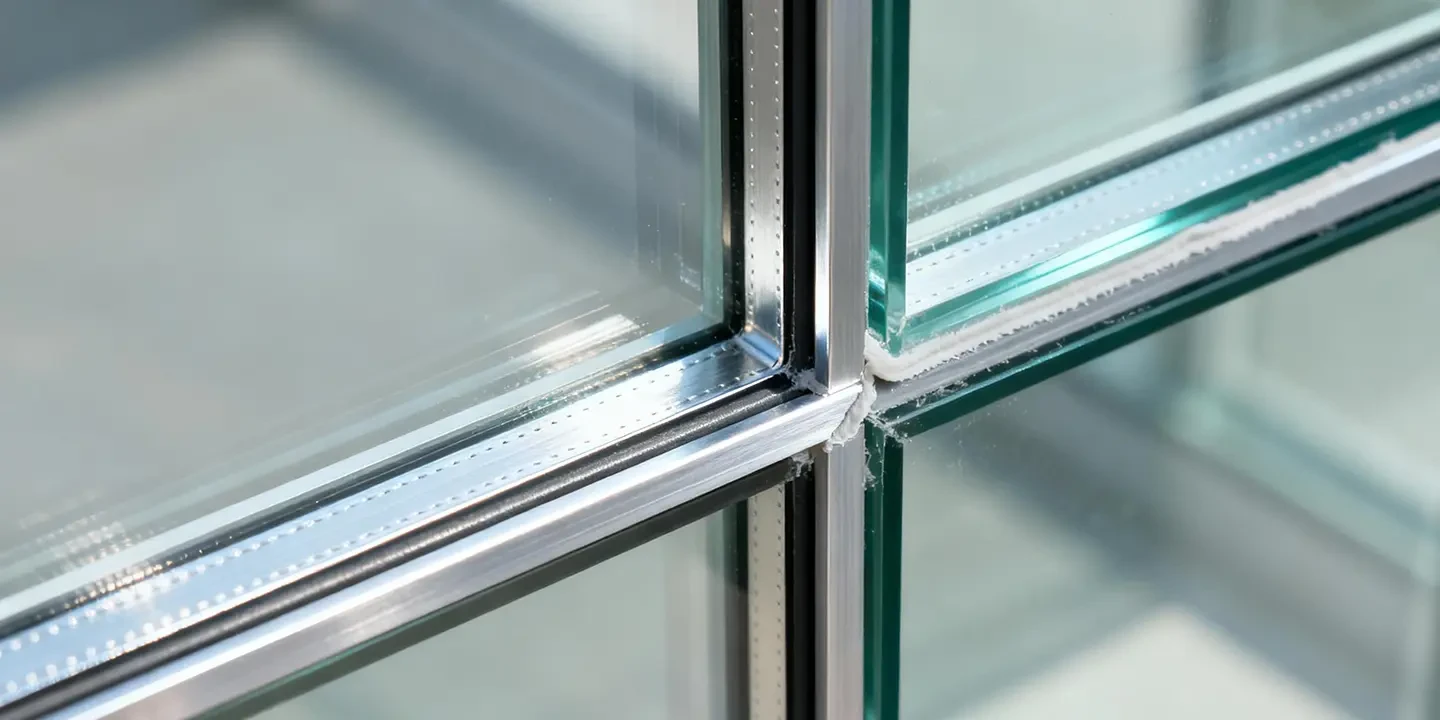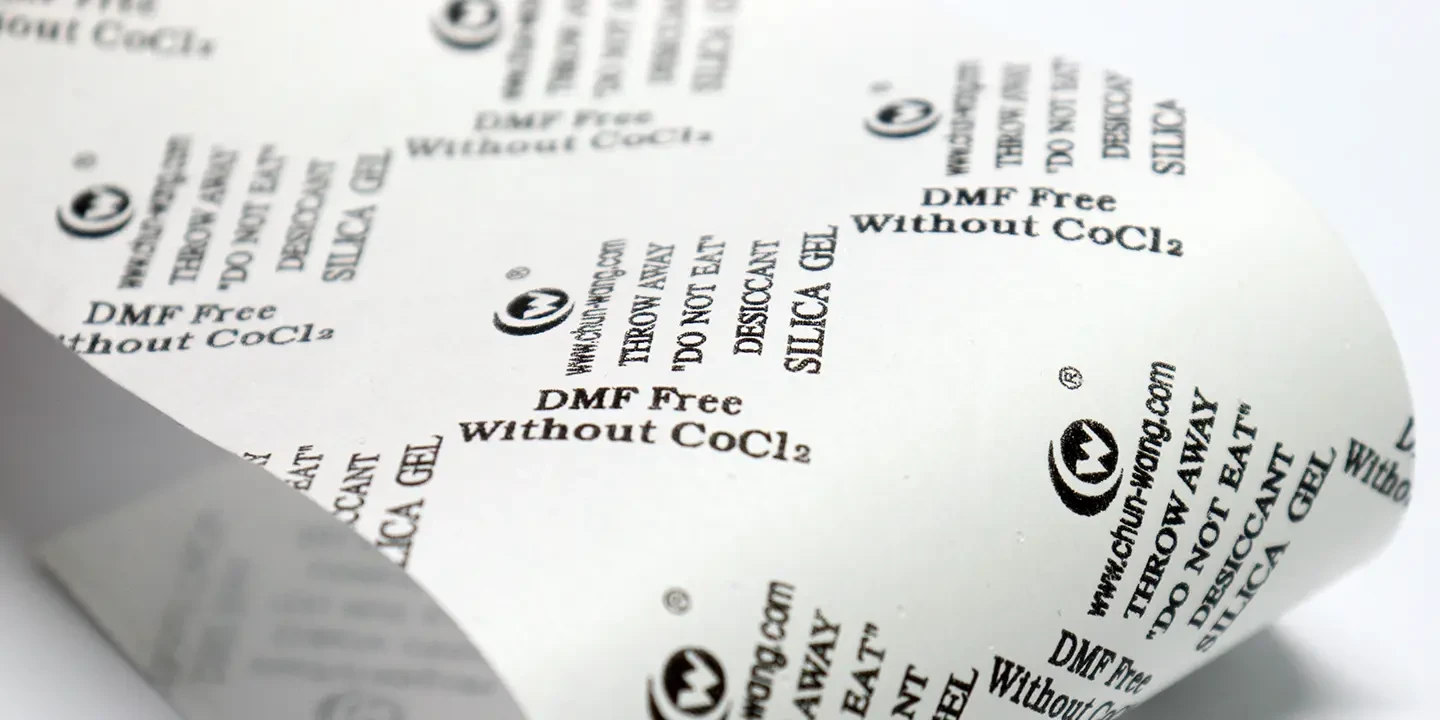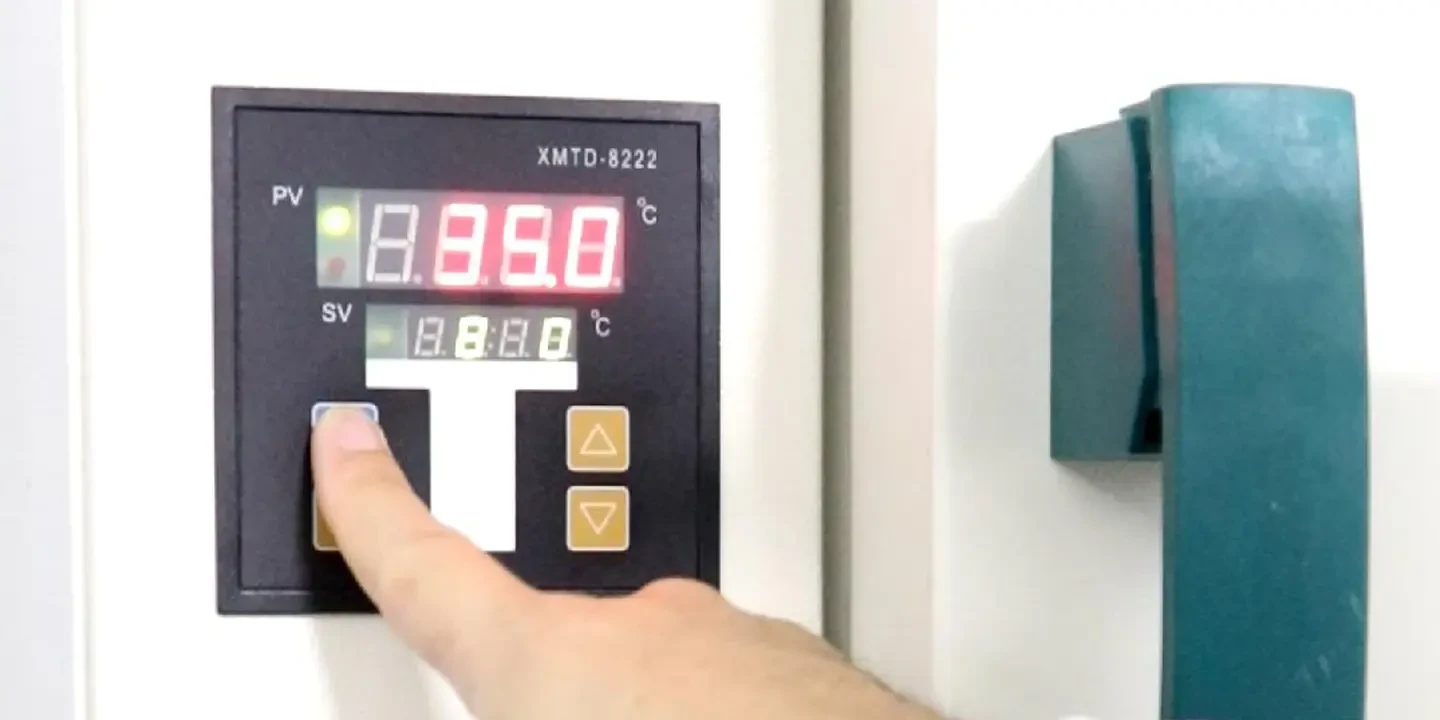As the go-to glass for energy-efficient windows and doors, the service life of insulated glass is increasingly under public scrutiny. Currently, the most pressing issue in the industry is that over 80% of the insulated glass on the market has an excessively short lifespan, averaging less than ten years, with most requiring replacement after just seven or eight years. If not replaced promptly, repeated condensation and evaporation of moisture within the glass cavity accelerate heat loss, compromise insulation, and lead to more severe energy waste. Excessive moisture also obstructs visibility. If the majority of buildings nationwide require insulated glass replacement every seven or eight years, the annual replacement cost could soar to tens of billions of yuan as its adoption grows. Such waste would severely hinder national energy-saving strategies. Therefore, to reduce waste, achieve energy-saving goals, and protect consumer rights, it is essential to analyze the various factors affecting the lifespan of insulated glass, particularly the desiccant—a core auxiliary material that plays a dominant role in determining longevity. This article will also focus on why desiccants are necessary for insulated glass and why only 3A molecular sieve desiccants should be used.
The Three Key Factors Affecting the Lifespan of Insulated Glass:
- Qualified insulated glass desiccant
- Qualified insulated glass sealant
- Proper processing methods
Among these, the desiccant is directly related to energy efficiency. It maintains dry air inside the insulated glass, ensuring transparency and thermal insulation. The sealant protects the desiccant by minimizing moisture absorption from the external environment. Proper processing methods reduce the moisture absorption burden on the desiccant and the sealing pressure on the sealant, fully leveraging the roles of both components and thereby extending the overall lifespan of the insulated glass.
What Type of Desiccant Should Be Used for Insulated Glass?
In short, a desiccant with stable physical and chemical properties and deep adsorption capabilities should be selected.
Types of Desiccants:
Common desiccants can be broadly divided into two categories: those whose physical appearance changes after moisture absorption and those whose physical appearance remains unchanged.
- Desiccants whose physical appearance changes after moisture absorption are typically chemical reaction-based desiccants. The products formed during their moisture absorption process often exhibit corrosiveness. After absorbing water, they may form strong acids, strong bases, salt crystals, or solutions. Their appearance changes once saturated with moisture.
- Desiccants whose physical appearance remains unchanged after moisture absorption are generally physical adsorption-based desiccants. They undergo no chemical reactions during moisture absorption, produce no new byproducts, and their appearance remains unchanged even when saturated.
The table below (Table 1) compares the characteristics of various common desiccants:
| Type | Physical Appearance Changes | Physical Appearance Unchanged | |||||
| Name | Quicklime | Calcium Chloride | Phosphorus Pentoxide | Silica Gel | Activated Alumina | Sintered Clay | Spherical Molecular Sieve |
| Migration Tendency | Migrates | Migrates | Migrates | Non-migrating | Non-migrating | Non-migrating | Non-migrating |
| Corrosiveness | Strong | Strong | Extreme | None | None | None | None |
| Crystallization | Granular | Brittle Crystals | Brittle Crystals | None | None | None | None |
| Deep Drying Capacity | Medium | Medium | Strong | Medium | Medium | Weak | Strong |
Desiccant Migration Tendency:
Simply put, migration refers to the phenomenon where a desiccant, after “pulverizing,” moves and disperses within the insulated glass cavity. Desiccants whose physical appearance changes after absorbing water typically expand in volume, forming crystals (see Table 1 for crystallization characteristics) or large molecules. The distance between desiccant ions or molecules increases. When environmental temperature rises and some moisture is lost, the distance between ions or molecules cannot return to its original state. Macroscopically, this causes the formed desiccant to break or peel. As environmental temperature fluctuates cyclically, moisture within the desiccant repeatedly crystallizes and dehydrates, resulting in continuous shedding and dispersion of the desiccant, leading to repeated migration and fragmentation. For insulated glass, such desiccants gradually disperse onto the aluminum spacer or, through the spacer’s pores, onto the surface of the sealant or glass. In this scenario, corrosive desiccants can severely corrode the aluminum spacer, sealant, or glass surface (see Table 1 for corrosiveness characteristics).
The corrosion principle: Aluminum is an amphoteric metal, reacting with both acids and bases, as do its oxides. Additionally, trace ions on the aluminum surface catalyze the oxidation process. Although this catalysis progresses slowly, the extremely high ion concentration in trace moisture irreversibly damages the aluminum surface’s oxide film.
For example, if calcium chloride is used as the desiccant, the following ionization reaction occurs:
2H₂O + CaCl₂ = 2H⁺ + 2OH⁻ + Ca²⁺ + 2Cl⁻ (1)
The process of destroying the oxide protective film on the aluminum spacer is as follows:
3H⁺ + Al₂O₃ = 3H₂O + Al³⁺ (2)
Al³⁺ + 3OH⁻ = Al(OH)₃ (3)
After the oxide film is destroyed, the presence of free ions creates ideal conditions for the oxidation of metallic aluminum:
2Al + 6OH⁻ = 2Al(OH)₃ + 6e (4)
6H⁺ + 3O₂ = 6OH⁻ – 6e (5)
Thus:
2Al + 6OH⁻ + 6H⁺ + 3O₂ = 2Al(OH)₃ (6)
Over time, the oxide film on the aluminum spacer is completely destroyed. The formation of a new dense oxide protective film is prevented by the presence of ions, leading to gradual corrosion of the spacer, salt formation, and eventually gaps and holes, causing the insulated glass to fail. As an amphoteric metal, aluminum reacts with and is corroded by desiccants whether they are alkaline or acidic. For instance, quicklime (calcium oxide) desiccant forms calcium hydroxide after absorbing water, while phosphorus pentoxide forms pyrophosphoric acid. Additionally, continuous contact with acidic, alkaline, or salt-based desiccants accelerates the aging of the insulated glass sealant.
In summary, desiccants whose physical appearance changes have two fatal flaws:
- Fragmentation and pulverization due to migration.
- Progressively intensifying corrosive effects over time.
Therefore, such desiccants must never be used in insulated glass.
Having excluded desiccants whose physical appearance changes after moisture absorption, the choice for insulated glass must be made from those whose physical appearance remains unchanged. How then to determine which among them is most suitable? This requires understanding another characteristic of desiccants—deep drying capacity (see Table 1).
Deep Drying Capacity of Desiccants:
Deep drying capacity can be simply described as the desiccant’s ability to make the environment “super dry.” Ordinary desiccants absorb a lot of moisture but lose their capacity in low-humidity environments. When only trace moisture remains in the air, they can no longer absorb it, lacking the capability to achieve extreme dryness. Desiccants with deep drying capacity are like obsessive super sponges: they not only absorb moisture but also relentlessly extract the last traces of dampness, even in low-humidity environments, achieving an “extremely dry” state.
Figure 1: Equilibrium adsorption capacity of several desiccants at 25°C under different relative humidity levels.

As shown in the figure, under very low relative humidity, the average adsorption capacity of molecular sieves far exceeds that of silica gel and activated alumina desiccants. The widely accepted standard for testing desiccants in insulated glass is their adsorption capacity in air at 25°C and 10% relative humidity, where the absolute humidity corresponds to a dew point of -8°C. In other words, the evaluation standard for insulated glass desiccants is their ability to maintain a dew point below -8°C. This is a reasonable standard, as temperatures in most parts of China remain above -8°C for most of the year, and qualified insulated glass should not condensate above this dew point. From the figure, it is evident that at 10% relative humidity, the adsorption capacity of molecular sieve desiccants is about four times that of silica gel or activated alumina desiccants. (Sintered clay desiccants are not discussed due to their exceptionally low deep adsorption capacity.) From Figure 1, we can conclude that only molecular sieves qualify as desiccants for insulated glass.
How Effective Are Molecular Sieves at Controlling Dew Point?
See Figure 2:

The data in this figure comes from the adsorption capacity of pure molecular sieve material under extremely low relative humidity. Commercially available 3A molecular sieves, after ion exchange and forming treatments, have an actual adsorption capacity of about 65% of the values shown. The figure indicates that even when the moisture content in the air reaches 1 ppm, molecular sieve desiccants can still adsorb up to 5% of their weight in water. At 100 ppm, they can adsorb up to 17% of their weight, and at 1000 ppm, the equilibrium adsorption capacity approaches saturation. At this point, the dew point of the air is approximately -40°C.
Theoretically, molecular sieves have a very strong affinity for water molecules, and only under very low relative humidity does their adsorption capacity significantly decrease. This means molecular sieves are highly capable of maintaining low dew points. In normal insulated glass equipped with molecular sieves, standard dew point testers cannot detect any dew point, and this remains true for over a decade of normal use. Therefore, molecular sieves are the essential desiccant for insulated glass.
Lifespan of Insulated Glass Using Molecular Sieve Desiccants:
Table 2: Dew point lifespan of insulated glass with molecular sieves (1m*1m double-sealed insulated glass with 100g molecular sieve):
| Dew Point (°C) | Equilibrium Adsorption of 100g Molecular Sieve at Different Humidity Levels | Annual Water Vapor Transmission Rate (Plug-in Spacer) | Annual Water Vapor Transmission Rate (Bent Spacer) | Dew Point Lifespan (Plug-in Spacer) | Dew Point Lifespan (Bent Spacer) |
| -40 | 13g | 0.8g | 0.27g | 16.25 years | 48 years |
| -10 | 16g | 0.8g | 0.27g | 20 years | 59 years |
| 5 | 18g | 0.8g | 0.27g | 22.5 years | 67 years |
Based on the data analyzed in Table 2, bent-spacer insulated glass with molecular sieve desiccants can maintain a -40°C dew point for 48 years. If calculated based on a -10°C dew point standard, the service life of bent-spacer insulated glass can reliably reach 50 years.
Which Type of Molecular Sieve Desiccant Is Suitable for Insulated Glass?
According to Figure 1 and Table 1, both 3A and 4A molecular sieves meet the requirements of insulated glass in various aspects. However, other types such as 5A and 13X are also available. So, which type is most suitable?
Not all types of molecular sieves are suitable for insulated glass. Practice has proven that only 3A molecular sieve desiccants—which do not adsorb air—are appropriate for this application. Molecular sieves are crystalline aluminosilicates with a uniform network of pores. The size of these pores allows small molecules to pass through, and varies depending on the specific type of molecular sieve.For insulated glass, which is designed to absorb moisture, only water molecules should enter the pores—other molecules in the air must be excluded. A water molecule has a diameter of 2.8 Å (1 micron = 10,000 Å), while molecules of nitrogen, oxygen, and argon in the air are approximately 4 Å in size. Currently, only 3A molecular sieves are suitable for this purpose; all other types are inappropriate. The pore size of 4A molecular sieves is 4.3 Å, which means that in addition to water molecules, they also adsorb nitrogen and oxygen from the air.
The air adsorption capacity of 4A molecular sieves is about 7 ml per gram, while for 3A molecular sieves, it is less than 0.5 ml per gram. The nitrogen adsorbed by 4A molecular sieves is highly sensitive to slight temperature changes at room temperature. For example, 250 ml of 4A molecular sieve can release over 700 ml of gas when the temperature rises from room temperature to 70°C, whereas 3A molecular sieves release less than 50 ml.
During the processing of insulated glass, molecular sieves are typically filled at room temperature. If 4A molecular sieves are used, when the temperature drops, they adsorb a significant amount of air from the glass cavity, reducing internal pressure. Conversely, when the temperature rises, they release the adsorbed air, increasing internal pressure. In insulated glass with 4A molecular sieves, temperature fluctuations due to daily and seasonal changes cause the molecular sieves to adsorb and release air like breathing, constantly subjecting the glass to inward and outward pressure. This cyclical stress significantly shortens the lifespan of the insulated glass, particularly in frameless glass units where the two panes are held together solely by the adhesive force of the sealant, which has limited ability to withstand internal pressure. The glass may fail at any time. Experience shows that insulated glass with 4A molecular sieves has only a quarter of the lifespan of that with 3A molecular sieves. More dangerously, if excessive 4A molecular sieve is used, or if the glass is too thin or not tempered, the glass may suddenly explode or detach entirely. If such glass is installed in high-rise buildings, serious casualties could occur, with devastating consequences.
History of Insulated Glass Desiccants:
When insulated glass was first widely adopted in the United States, the desiccant used was not molecular sieve but silica gel. However, silica gel was found to cause condensation in cold regions and had a short lifespan. Thus, in the 1960s, 4A molecular sieves were introduced. Their use was short-lived due to identified issues. Improvements led to the use of a mixture of 3A and 13X molecular sieves. The purpose of 13X was to adsorb organic compounds in insulated glass. Although used in small amounts, 13X still exhibited “breathing” effects. Since silica gel also has good organic adsorption capacity without breathing effects, the mixture was changed to 3A molecular sieve and silica gel to adsorb both water and organic volatiles. With advancements in sealant production, organic volatiles decreased. Additionally, attapulgite, used as a binder for molecular sieve raw powder, was found to have excellent organic adsorption properties. Thus, silica gel was replaced by a mixture of molecular sieve and attapulgite







0 Comments